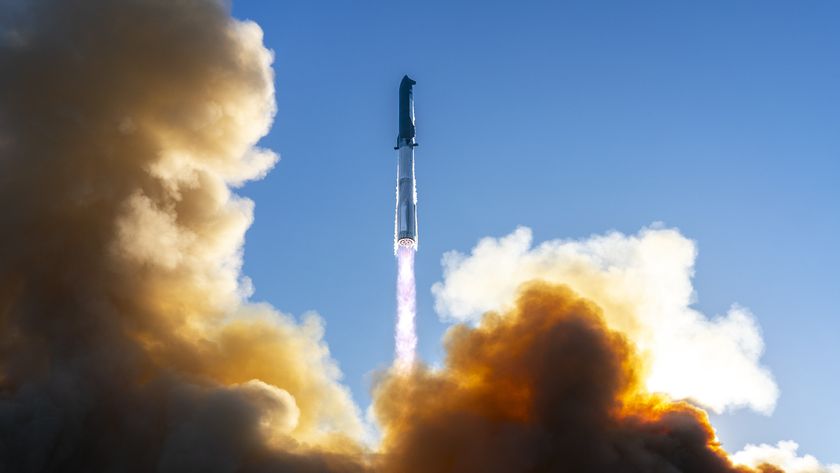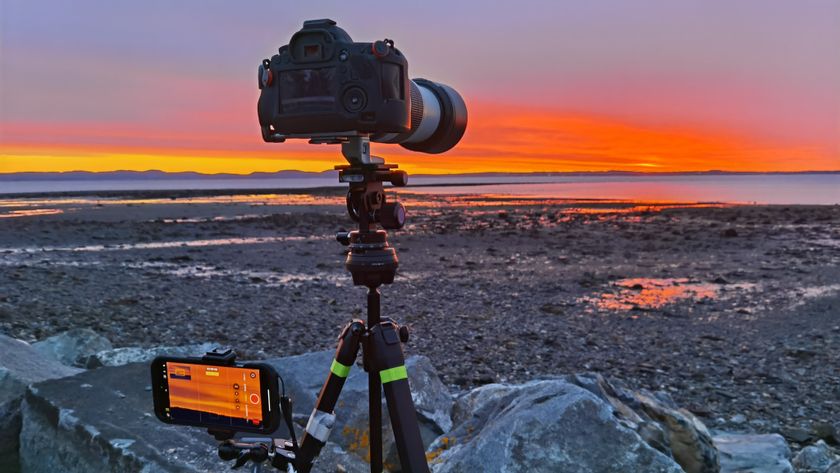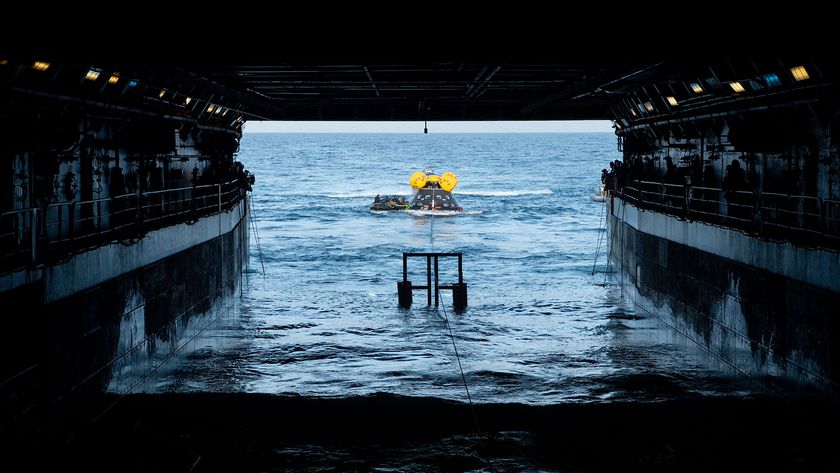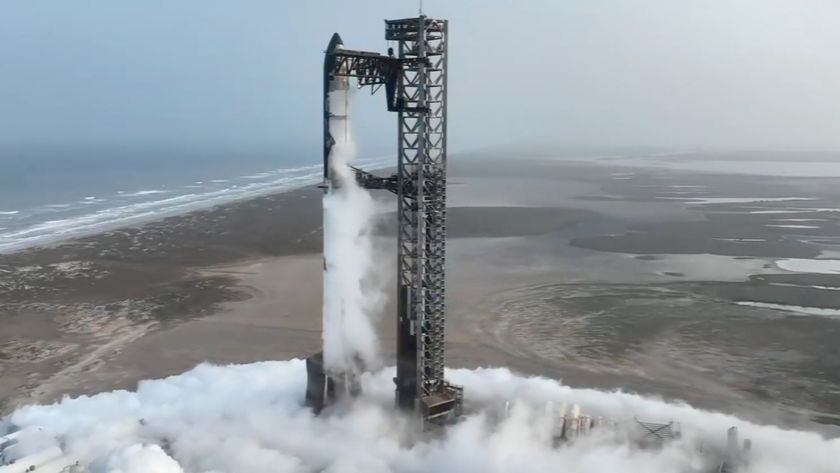China Aims to Launch Reusable Space Plane by 2020
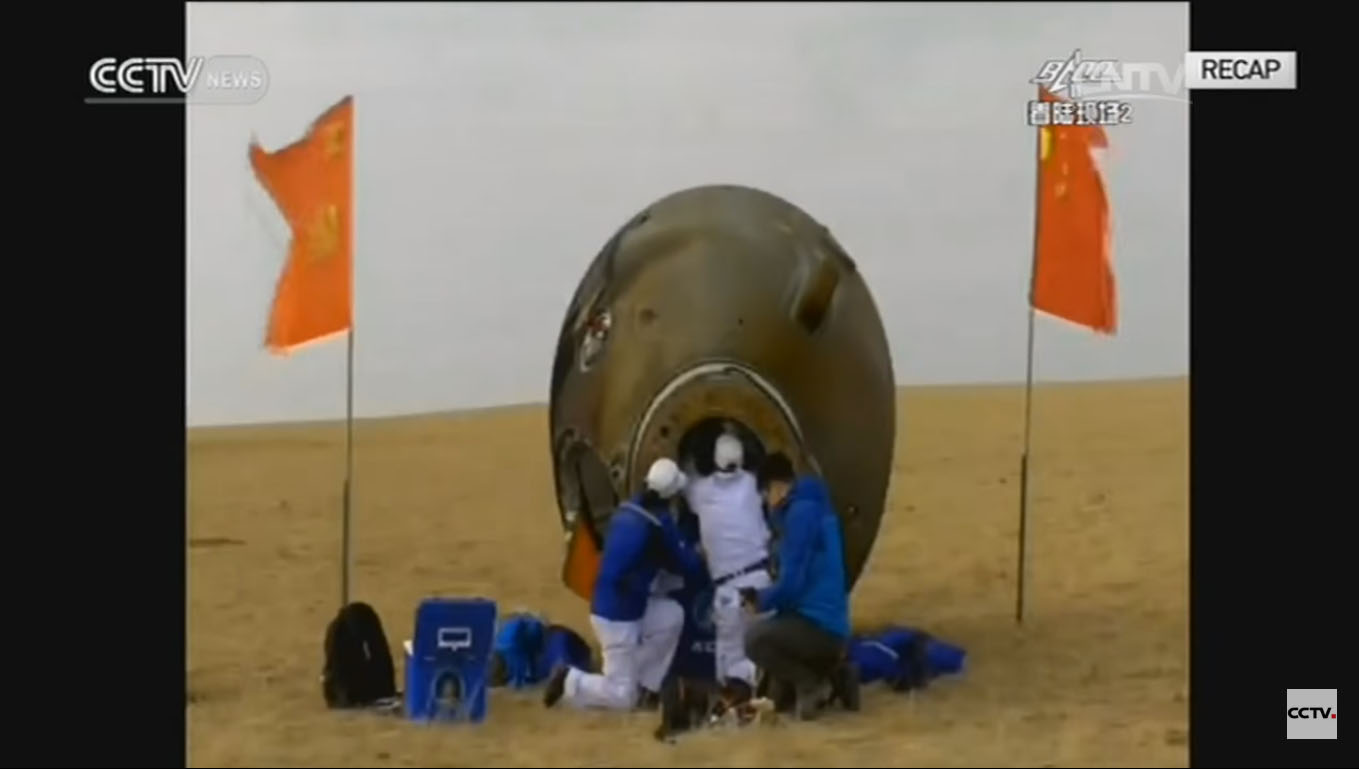
China plans to launch a homegrown, reusable space plane for the first time in 2020, according to Chinese media reports.
"The spacecraft can transport people or payload into the orbit and return to Earth," China's state-run outlet Xinhua reported last week.
Xinhua cited a statement by the state-owned China Aerospace Science and Technology Corporation (CASC), as well as Chen Hongbo, a researcher at the corporation: "Chen said that the spacecraft will be easier to maintain and can improve the frequency of launches at lower cost, bringing new opportunities for more people to travel into space." [Space Planes: Evolution of the Winged Spaceship (Infographic)]
China has already made significant progress in the space plane's development, the nation's space officials have said.
"Currently, China is developing its own reusable earth-to-orbit space vehicles that can take off and land horizontally," Liu Shiquan, vice director of the state-owned China Aerospace Science & Industry Corporation (a different entity than the CASC), said this past June, according to the People's Daily, a newspaper published by the Chinese Communist Party.
"We have already finished several crucial ground tests for engines and [other key components], yielding remarkable achievements," Liu added.
The space-plane goal lines up with China's ambitious spaceflight posture. For example, the nation aims to have a space station up and running in Earth orbit by the early 2020s, and it wants to land people on the moon by the mid-2030s.
Get the Space.com Newsletter
Breaking space news, the latest updates on rocket launches, skywatching events and more!
China's space plane would not be the first winged vehicle to reach orbit, of course. For example, NASA's now-retired space shuttle fleet flew 135 missions between 1981 and 2011, and a similar vehicle built by the Soviet Union, called Buran, made it to orbit once, in 1988. (The Buran program was canceled in 1993.)
The United States Air Force owns two small uncrewed X-37B space planes, which have flown a total of five orbital missions. The first X-37B flight launched in 2010; the fifth mission began in September 2017 and is still underway.
And several other space planes are in development as well, most famously Virgin Galactic's suborbital SpaceShipTwo and Sierra Nevada Corp.'s Dream Chaser. SpaceShipTwo will ferry payloads and people to and from suborbital space, whereas Dream Chaser will be an orbital vehicle. Sierra Nevada plans to launch two versions of the vehicle — a robotic cargo craft and a crew-carrying variant.
Follow Mike Wall on Twitter @michaeldwall and Google+. Follow us @Spacedotcom, Facebook or Google+. Originally published on Space.com.
Join our Space Forums to keep talking space on the latest missions, night sky and more! And if you have a news tip, correction or comment, let us know at: community@space.com.

Michael Wall is a Senior Space Writer with Space.com and joined the team in 2010. He primarily covers exoplanets, spaceflight and military space, but has been known to dabble in the space art beat. His book about the search for alien life, "Out There," was published on Nov. 13, 2018. Before becoming a science writer, Michael worked as a herpetologist and wildlife biologist. He has a Ph.D. in evolutionary biology from the University of Sydney, Australia, a bachelor's degree from the University of Arizona, and a graduate certificate in science writing from the University of California, Santa Cruz. To find out what his latest project is, you can follow Michael on Twitter.

